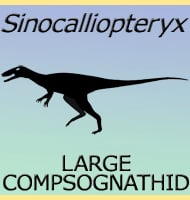Dynamoterror
In Depth A relative of the famous Tyrannosaurus, Dynamoterror lived further south in what is now the New Mexico area of the USA. Described after a pain staking process of re-combined the partial remains of the holotype, Dynamoterror was revealed to have been a medium/large nine meter long predatory dinosaur. This is smaller than the … Read more

